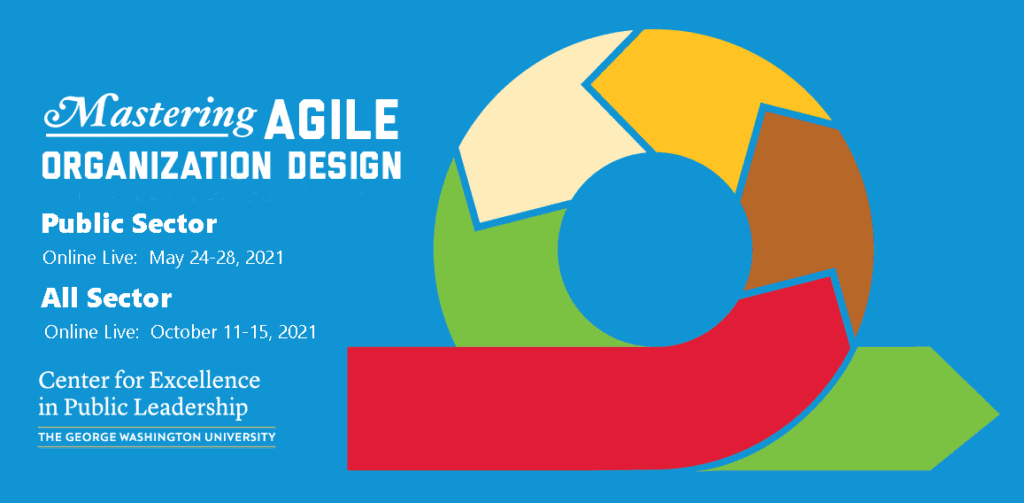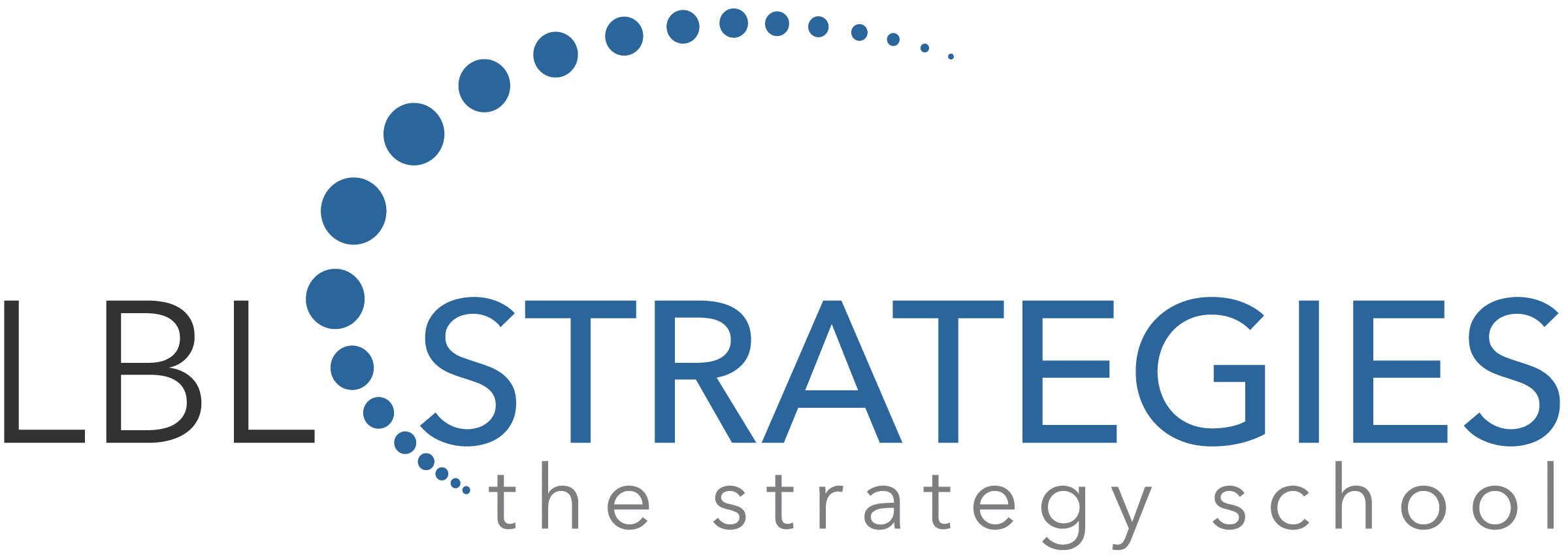A critical area of success for a government agency is having the ability to align new strategy with its operating model to be effective at execution. With a new administration at the Federal level, many organizations will be in the process of updating their four-year strategic plans during the first half of 2021 prior to review and comment by OMB. Several agencies’ missions and focus areas are already being redirected by the new administration and the challenge before them is answering how best to integrate these changes/new focus areas – like many infrastructure, environmental policy, or health care changes that could stress agencies’ ability to quickly figure out what to change and by how much.
Adopting an agile approach to organization design is a great way to help agencies quickly identify which organizational components need to be redesigned/transformed and pays dividends in addressing the following organizational components:
- The Work of the agency and leveraging new Technologies (digital, AI, etc.) to improve the effectiveness and efficiency of the work. Just like the Department of Veterans Affairs (VA) has done automating much of its benefits processes.
- The People – as in their skills, capabilities, Roles, and Accountabilities. Will you have enough skilled workers to meet the demands of change in a mission reset? What can we learn from other agencies such as what the Food and Drug Administration (FDA) was required to do in response to sweeping new legislative mandates in 2012?
- The Structure of the organization and its subcomponents. Adopting an agile mindset creates opportunities for interconnected agile teams to focus on mission delivery using agile tools and methods. Many agencies have already moved away from top-down “command and control” structures to being flatter and more collaborative…structuring that challenges the style of leadership traditionally practiced.
- The Leadership style in agile organizations is more coaching and soundboard rather than directive…as in “do it my way”. Agile leaders recognize they don’t have all the answers and inspire their teams to find the best way to do the mission in light of changes resulting from new legislation and/or a new strategy. Agile leaders model agile behaviors, create psychological safety for all and embrace feedback to improve the performance and outcomes of their mission teams. Research we have done in coordination with George Washington University’s Center for Excellence in Public Leadership cited “leadership” as being the number one barrier to successful strategy execution at local, state, and national levels.
- The Supporting Systems, including new digital capabilities, may be impacted by changes in law, policy, or strategy. Agile agencies are well positioned to be early adopters of supporting systems, including HR, IT, Finance, and Procurement by deploying agile teams to determine what is needed and prioritize which systems need to be modified or replaced to better support the execution of the strategy.
- The existing Culture of an agency can be a roadblock to implementing new strategy. Peter Drucker is famously attributed with saying, “…culture eats strategy for breakfast”. Searching for confirmation falls short but in doing so you find wizened explanations for what Drucker was getting at including this by UK based “The Management Centre” that hits the nail on the head > “to stress the importance of a powerful and empowering culture being a surer route to organizational success.”
Not every component will need to change wholesale, the challenge is knowing what and to what degree. The MAOD program provides a variety of tools to quickly determine that a change is needed, mobilizes agile teams to frame the redesign, leverage a “team of teams” approach to customize the detailed design throughout the agency, and resolves any issues associated with the change. By embedding organizational development and change management techniques throughout the design process, change is more likely to stick by involving those impacted by it throughout the entire process. Time and effort are saved when buy-in, adoption, and support for the change is not simply “bolted on,” but an organic element of the process.
And in a VUCA world, the MAOD approach builds in numerous “strategy checks” to ensure alignment from possible changes in strategy due to unforeseen events, like a pandemic, updated guidance from OMB, or legislative changes and bills are deliberated through Congress.
About the Author
James Stockmal is a lead instructor for the “Mastering Agile Organizational Design Certification” Program. He is the owner of SK Partners, an independent management consultancy licensed in Washington, D.C. with over 30 years of experience in designing and developing organizations across a wide spectrum of industries including banking, manufacturing, pharmaceuticals, and consultancies. Jim is the immediate Past President of the International Association for Strategy Professionals.
The Mastering Agile Organization Design Program
Learn how to build agility into your agency to effectively close the proverbial gap between strategy and execution.

Join us “live online” May 24 – 28 to sharpen the agile skills you already have, build new agile design competencies, and acquire new skills and tools you can apply in your agency on Day 1.
